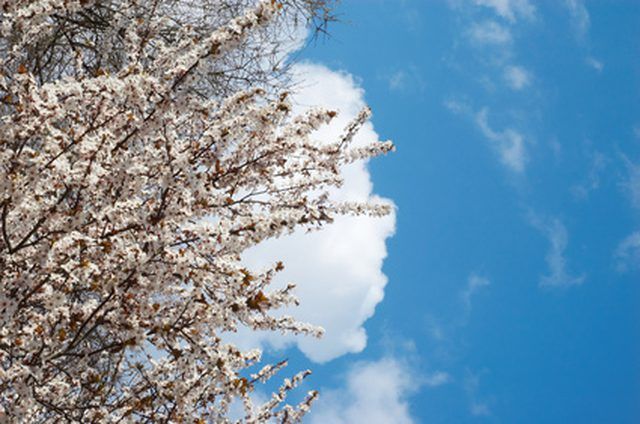Bulbs
Flower Basics
Flower Beds & Specialty Gardens
Flower Garden
Garden Furniture
Garden Gnomes
Garden Seeds
Garden Sheds
Garden Statues
Garden Tools & Supplies
Gardening Basics
Green & Organic
Groundcovers & Vines
Growing Annuals
Growing Basil
Growing Beans
Growing Berries
Growing Blueberries
Growing Cactus
Growing Corn
Growing Cotton
Growing Edibles
Growing Flowers
Growing Garlic
Growing Grapes
Growing Grass
Growing Herbs
Growing Jasmine
Growing Mint
Growing Mushrooms
Orchids
Growing Peanuts
Growing Perennials
Growing Plants
Growing Rosemary
Growing Roses
Growing Strawberries
Growing Sunflowers
Growing Thyme
Growing Tomatoes
Growing Tulips
Growing Vegetables
Herb Basics
Herb Garden
Indoor Growing
Landscaping Basics
Landscaping Patios
Landscaping Plants
Landscaping Shrubs
Landscaping Trees
Landscaping Walks & Pathways
Lawn Basics
Lawn Maintenance
Lawn Mowers
Lawn Ornaments
Lawn Planting
Lawn Tools
Outdoor Growing
Overall Landscape Planning
Pests, Weeds & Problems
Plant Basics
Rock Garden
Rose Garden
Shrubs
Soil
Specialty Gardens
Trees
Vegetable Garden
Yard Maintenance
Purple Plum Tree Information
Purple Plum Tree Information. The purple plum, or Prunus cerasifera, is a common addition to urban and domestic landscapes. It is the smallest of the plum trees and has a lifespan of no more than 20 years. The vibrant, eye-catching tree attracts birds and bees and grows well in shady areas.

The purple plum, or Prunus cerasifera, is a common addition to urban and domestic landscapes. It is the smallest of the plum trees and has a lifespan of no more than 20 years. The vibrant, eye-catching tree attracts birds and bees and grows well in shady areas.
Identification
The purple plum is a deciduous tree, meaning that it sheds its leaves once a year and is bare in the winter. The dark burgundy or purple leaves are oval and two to three inches long. The tree grows up to 25 feet, with a moderate canopy spread up to 15 feet. The bark is also dark, matching the leaves. The tree is capable of producing small edible fruit.
Habitat
The purple plum tree has origins in Asia. The tree is popular in urban and domestic landscapes worldwide due to the bright purple color of the foliage. The purple plum is also popular because its foliage stays a vibrant color most of the year, shedding the leaves only for a few months. Under ideal conditions, it will keep its foliage from February to September. This tree is tolerant of cold climates but will not bloom until April under such conditions.
Tree Care
To maintain the tree's appearance, it must be vigorously trimmed and pruned. Pruning back the dead and diseased branches helps the tree to grow out bushier and produce more flowers and fruit. During wet seasons, the tree branches can become saturated with water and sag to the ground in a drooping effect. Pruning prevents and treats this problem.
Propagation
The purple plum tree tolerates any soil. It will grow in full sun or partial shade, making this tree perfect for many domestic gardens and urban landscapes. It does not tolerate strong steady winds, which can defoliate the upper branches. Gardeners need to look out for shothole fungus, which cosmetically affects the bark of the tree but is not fatal. The tree requires regular watering--15 to 20 gallons a month the first two years. The third year, water needs elevate to 15 to 20 gallons twice a month. Water needs after the third year vary with climate and soil.
Notable Traits
The tree is noted for the delicate flowers that bloom early, before the leaves emerge. The pale white flowers are aromatic and attract a variety of bees. The edible fruit is ornamental and attracts many birds. It also can be grown in a container.